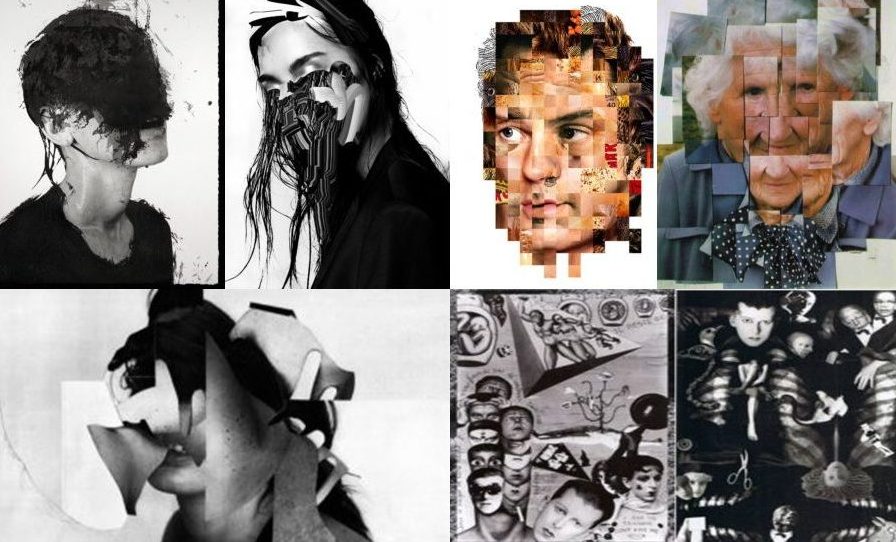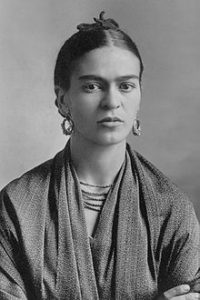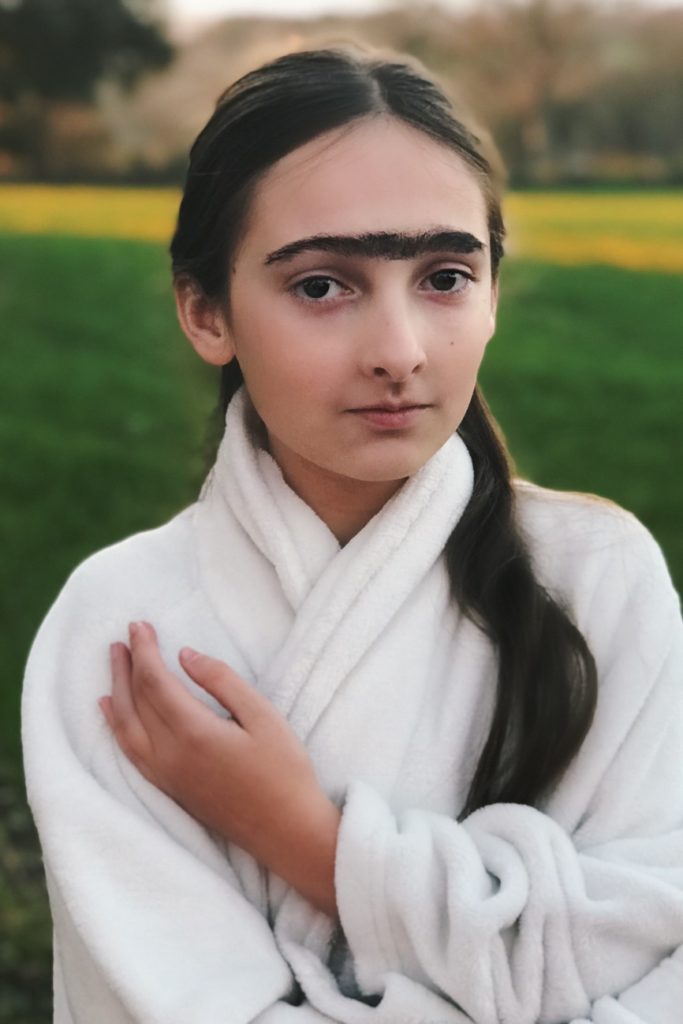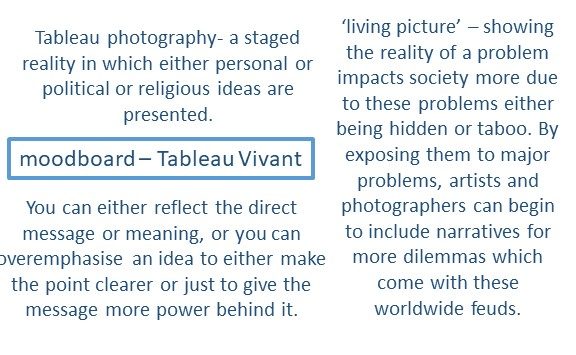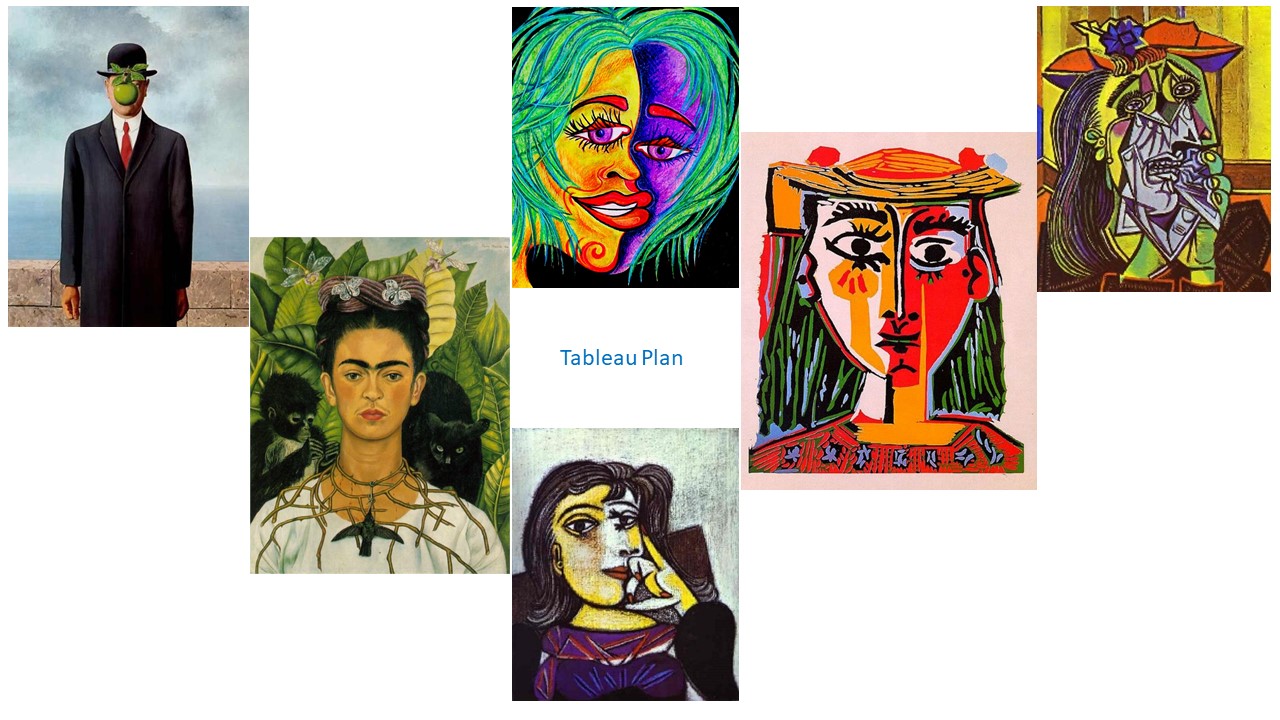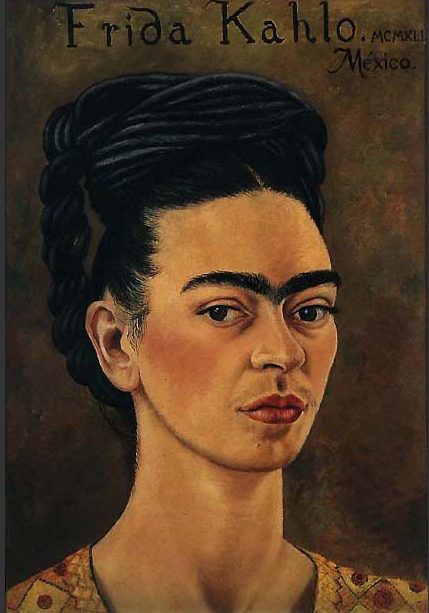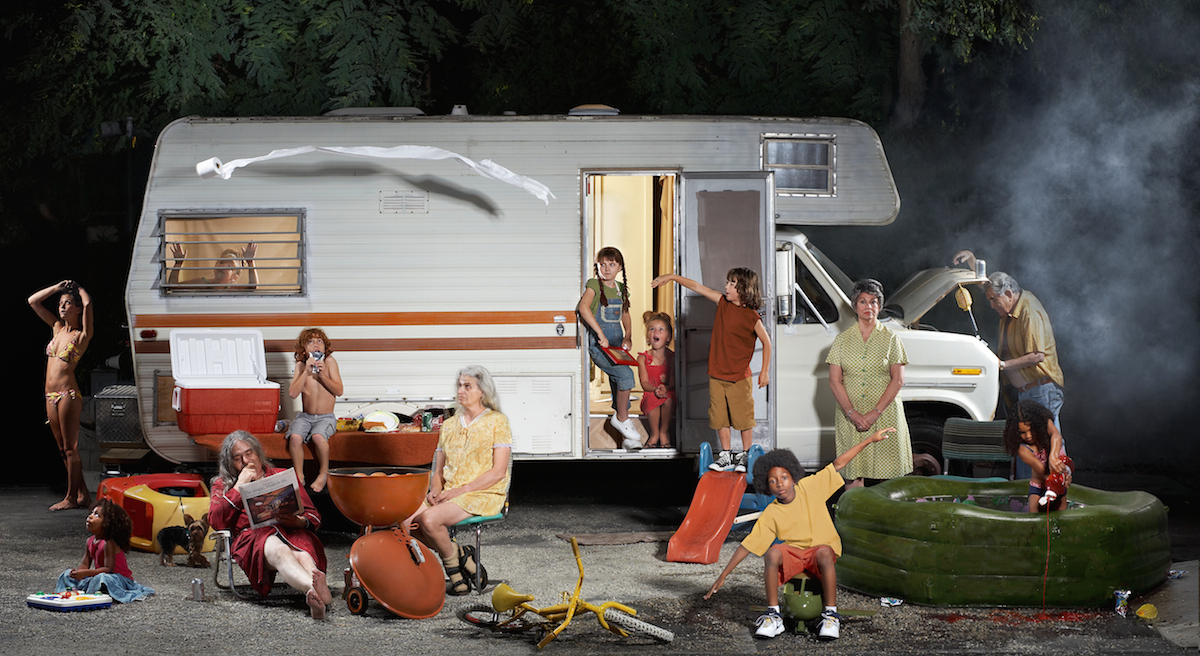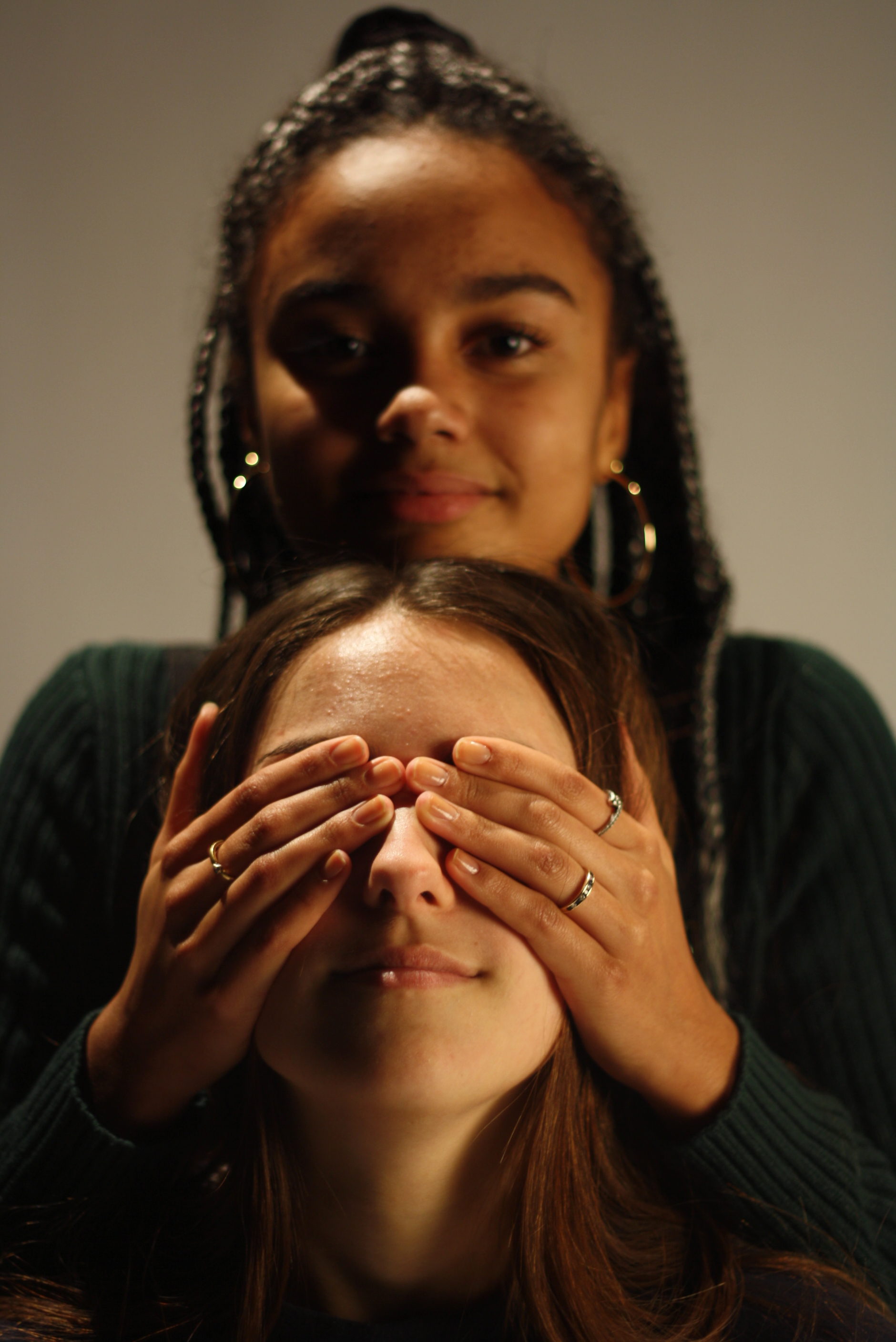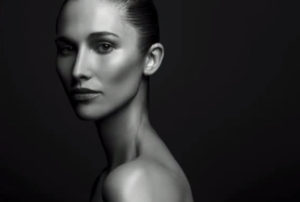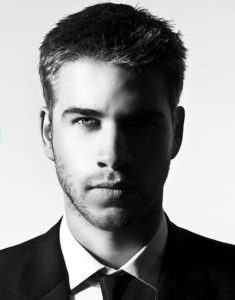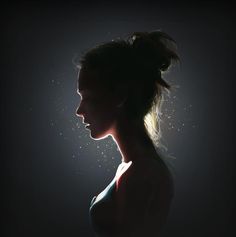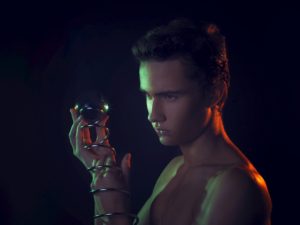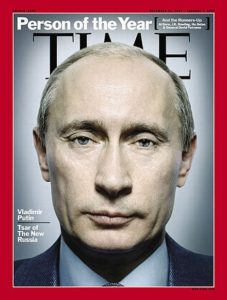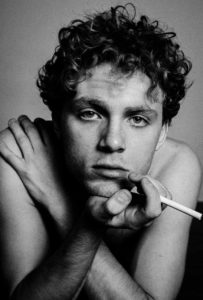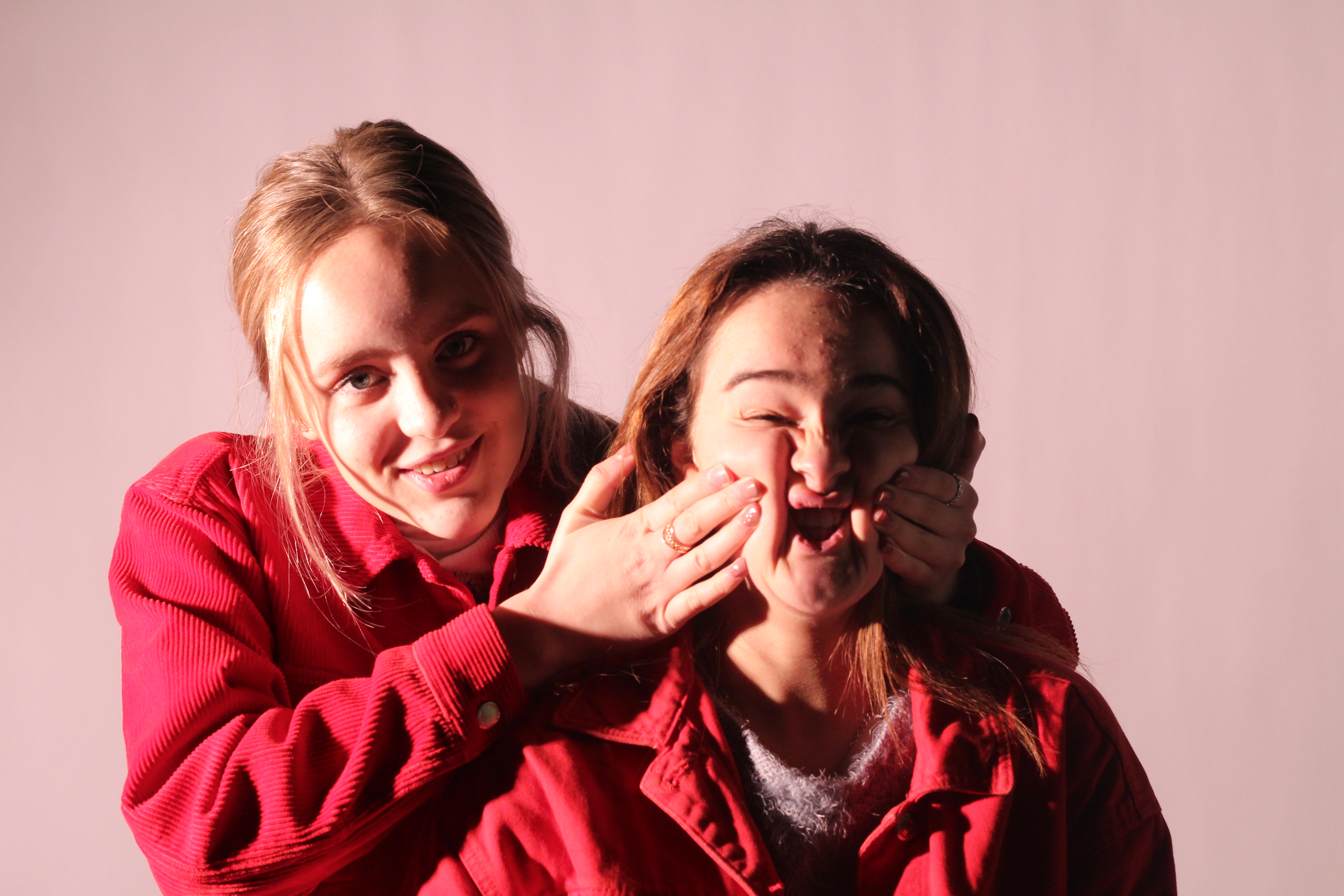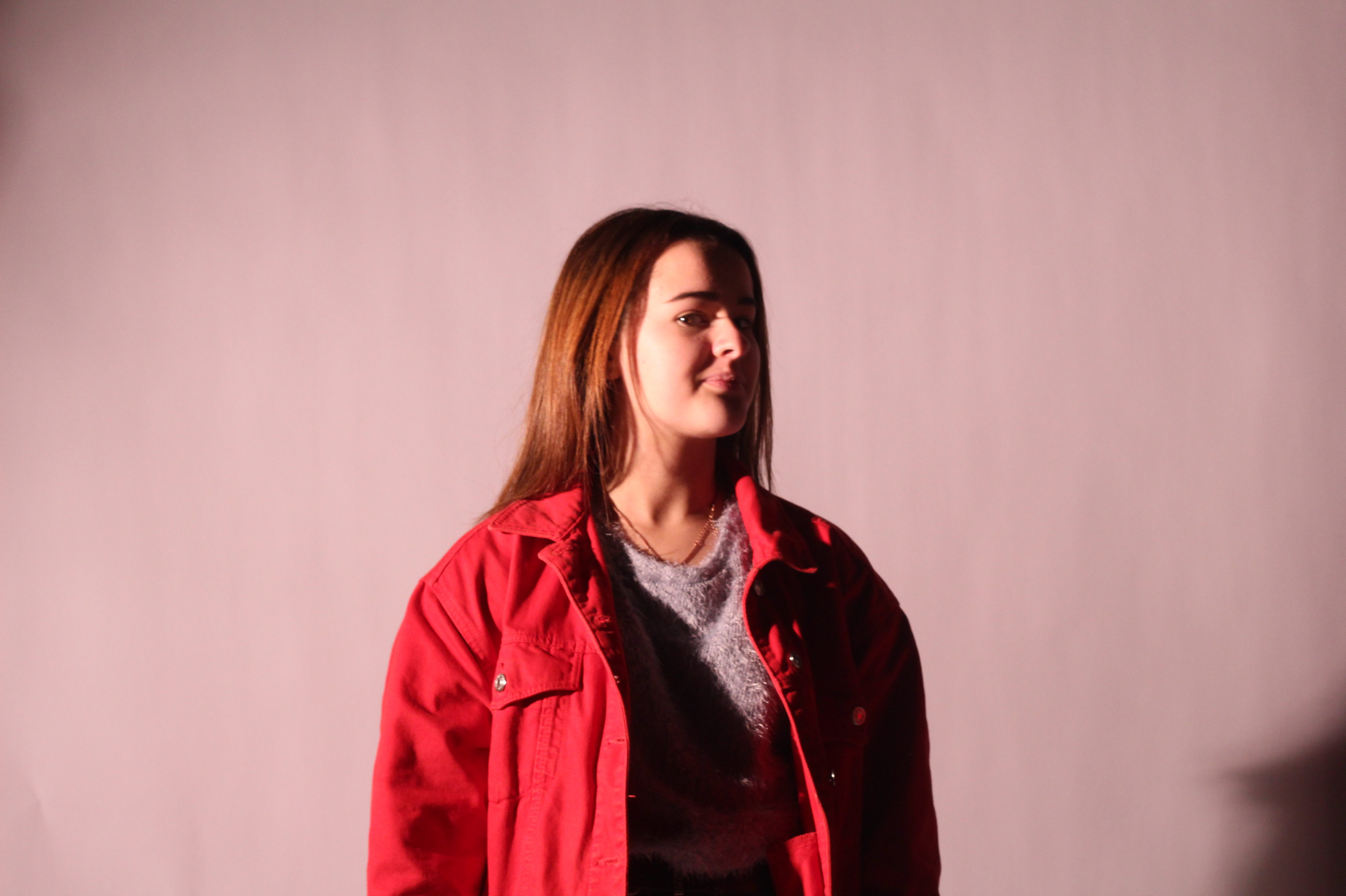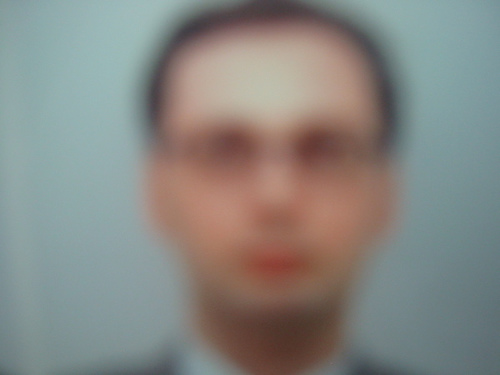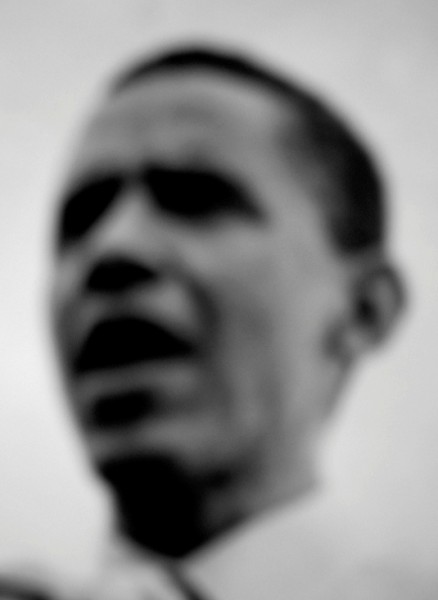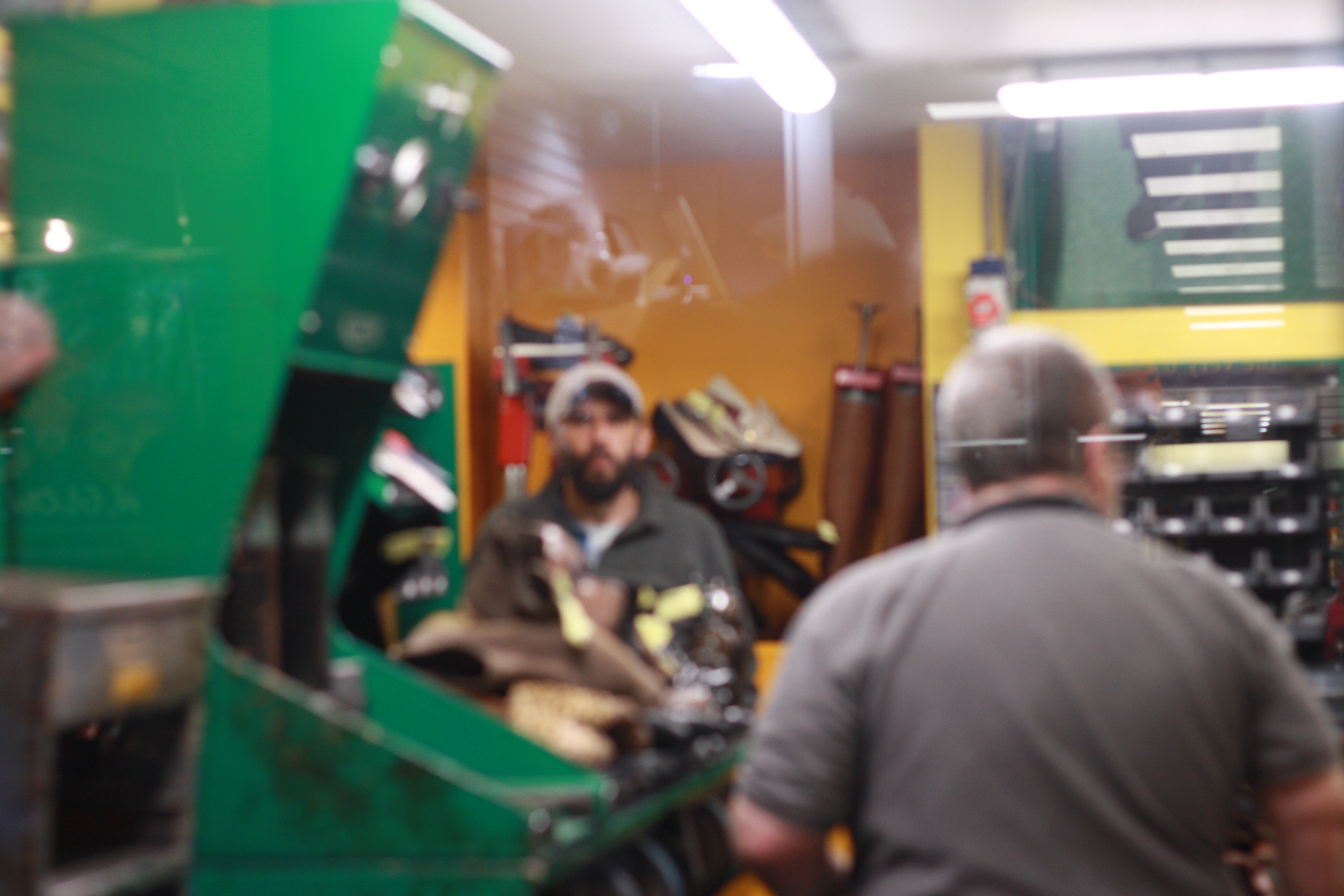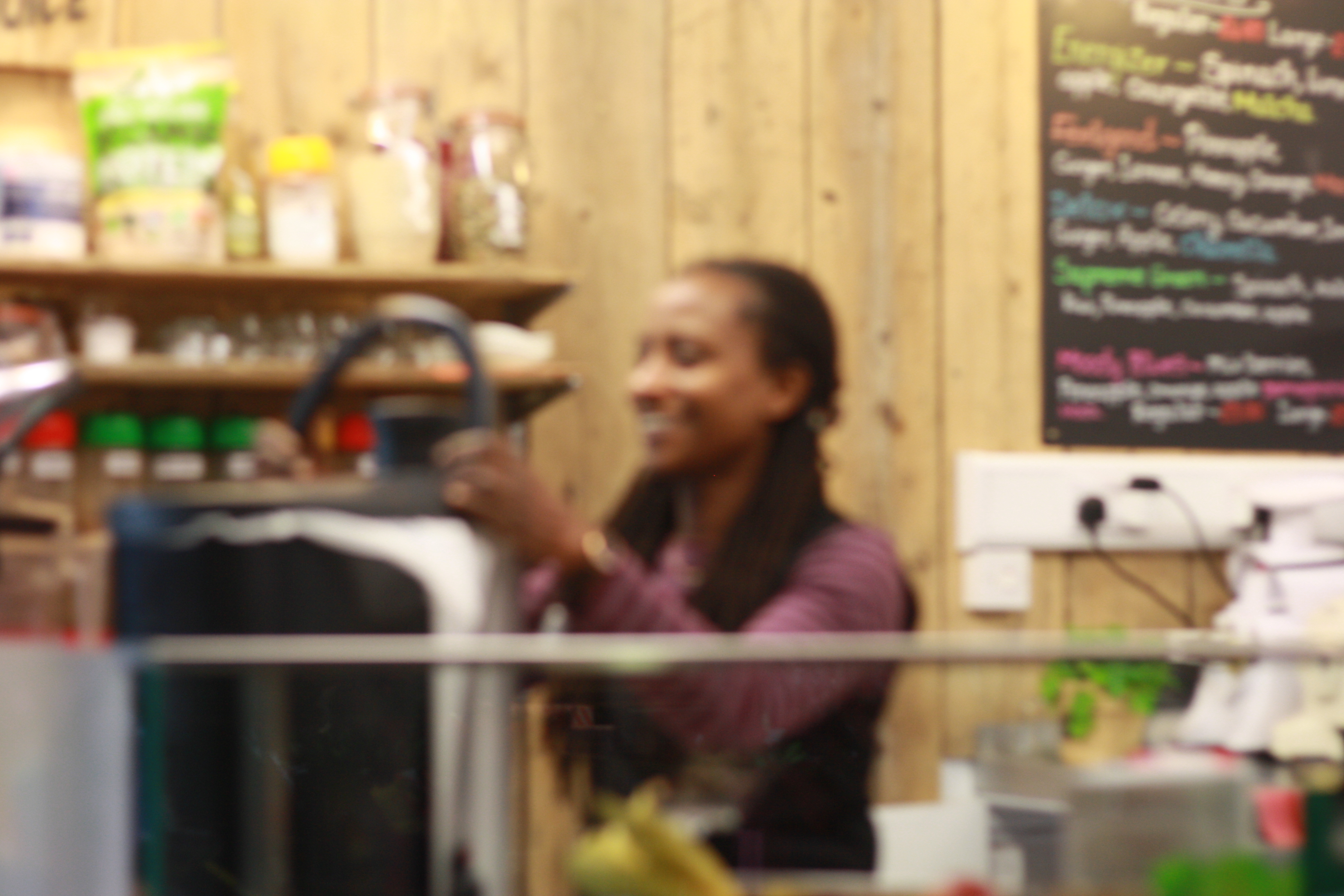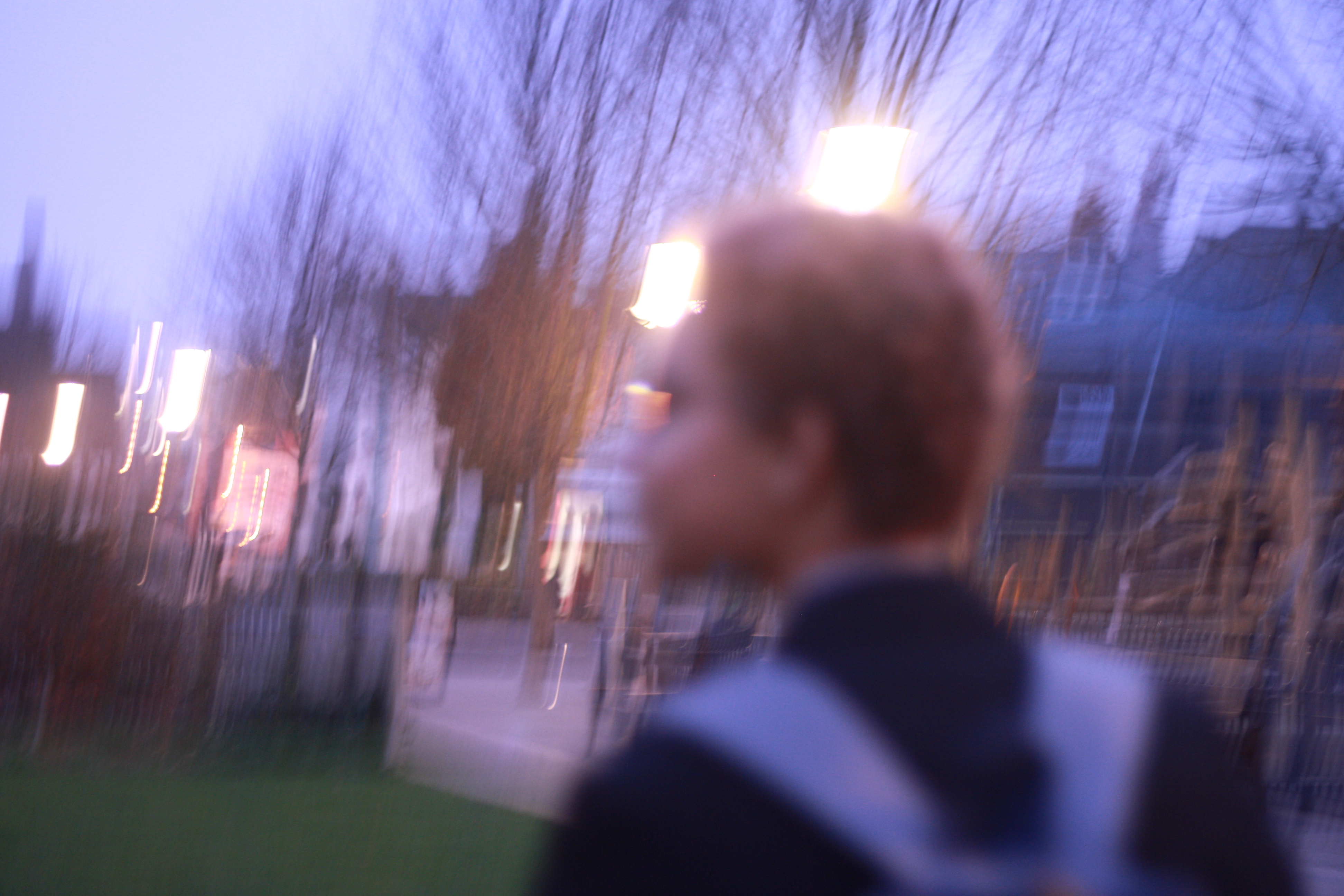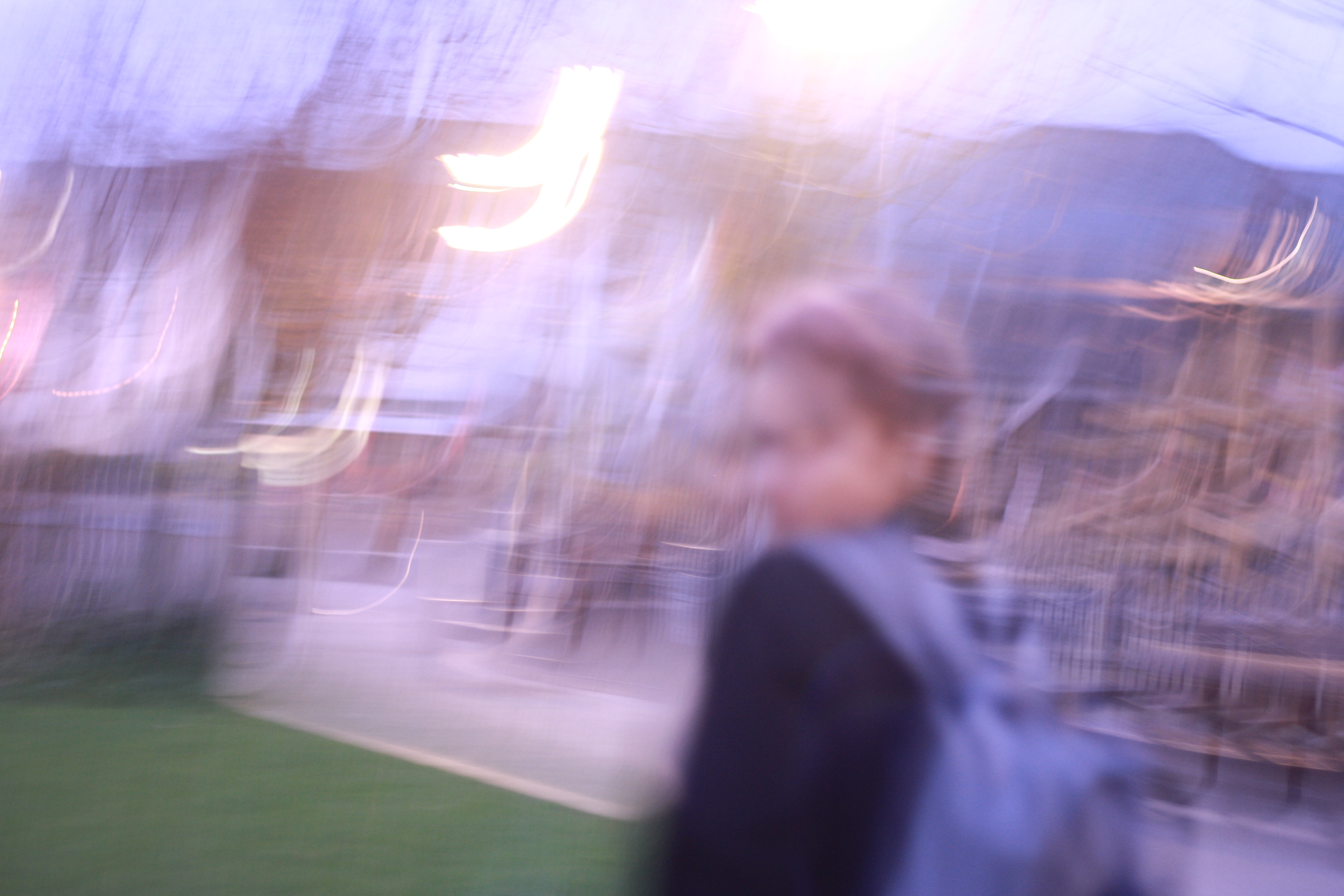Photographer Reference
Michael Dickinson

Micheal Dickinson isn’t for the faint hearted. This artist creates photo montages that deal insensitively to world politics and disasters. His work depicts dark scenes which offend and uncivilly reflect work crisis or extreme politics.
I became interested in his work due to his style of having no limits or boundaries- has no line to cross. He unveils taboo topics and makes them worthy of talking about. For example: in one of his compositions he has placed 3 malnourished children in a market place, the idea of this sounds cruel but it does have a message and in this instance its about how readily available resources are yet they never reach the ones in need most.

Analysis
VISUAL
This composition is of 3 malnourished children, surrounded by a ‘market place’ – this actually all made up of food magazine photographs. In the background there are cafe signs with ‘Hungry Man’ branding, this contradicts and juxtaposes the idea of these starving children.
TECHNICAL
In order to create this image, Dickinson has digitally manipulated individual images then layered them to create a readable image. These images started off as magazine adverts and articles then were removed from their origin, placed into another and manipulated to still make sense.
CONTEXT
‘Historically, photo montage has been used for powerful political expression and outrage. But that was then. Back in history. When Hitler walked the streets, and the world was a terrible, terrible place. Now it’s far more complicated. We need some courtesy. Some restraint. We need affirmative images. Positive things. Not offensive depictions that no one cares about in the slightest.’

